The Army of The Duchy of Warsaw
I am undertaking a new project to paint the various units of the Duchy of Warsaw. I have painted some of these units before but this time I will construct an entire army of all the various unit types i.e. Hussar's, Uhlan's, Chasseur's, Infantry and not forgetting artillery both foot and horse batteries. The Senior officers I am already painting and publishing them on my Blog under the section titled " Napoleonic Marshal's & General's". The figures will be predominantly Front Rank but I am tempted to add some units by Murawski Miniatures by Paul Hicks to add some variety.
Brief History of DoW Military Forces
Polish Army of Duchy of Warsaw was organised from the beginning in horrible rush and in some provisional way. In its short history it had several waves of recruits and volunteers, which meant enormous enlarging both officer's corps and mass of soldiers. In years 1806-1807 the wave was various. Additionally to the legionaries "coming back from the Italian land to the polish land" there were attending officers and soldiers of former Polish Army of Polish Kingdom, who were called by the Prince Józef Poniatowski - cousin of the last Polish King. There were also gathering to Polish Army of Duchy of Warsaw officers of the Prussian Army, that were fighting against the French Army at Friedland. There was gathering also the youth of noble families, which were both full of patriotic eager and willingness of adventure and were joining to the staff, regiments of chivalry and regiments of artillery.
In the Duchy of Warsaw there existed in the beginning characteristically for that times group of soldiers that was fighting for different flags and polish uniform wore rather by accident. Mostly this case concerned either Prussian recruits or Russian captives, that had been captured in campaign 1807. this soldiers weren't asked for permission and recruited because of the lack of the our own recruits. Because of the fact, that they neither fought with eager nor avoided deserting at the first opportunities. All those, who did not feel themselves associated with new state all those were set free in 1808. During the Galicia's campaign there joined several thousands of Poles from the Austrian Army, who as for example were changing the side with the whole company. Poles, who were captured by the French they were joined and went back with regiments far over the Pyrenees. At the end of autumn of 1813 there were recruited Poles captured as either Russian or Prussian or Austrian soldiers, who had been kept in French camps for captives.
Cavalry
The 10th Hussar Regiment
The first unit is the 10th Hussar Regiment, also known as the "Golden Hussars" this is due to the colour of the regiments uniform lace and shabraques lace trim. The regiment was commanded in 1809 by Colonel Uminski. The Polish 10th Hussar Regiment was the first Napoleonic unit to enter Moscow in 1812. They were followed by Prussian Uhlans, Wurttemberg Chasseurs and Pajol's French hussars and chasseurs.
The figures are by Front Rank and are based on 50mm x 50mm x 3mm wooden bases, the flag is by GMB Designs. (Spot the mistake the Polish Eagle is missing this will be remedied with arrival of my next Front Rank order).
The 1st Chasseur à Cheval Regiment
In the Army of the Duchy of Warsaw there were three regiments of chasseurs, formed between 1806 and 1807.
The 1st Chasseur-a-Cheval Regiment saw action in 21 Battles: 1806 - Pultusk, 1807 - Tczew, siege of Gdansk, 1809 - Raszyn, Radzymin, Gora, Rozki, Sandomierz (on 6th,7th,15th,16th June), Wrzawy, 1812 - Grodno, Romanow, 1813 - Rumburg, Kirschenstein, Seidenberg, Haesslich, Altenburg, Penig, Wachau
Colonels: Dec 1806 - Michal Dabrowski, Nov 1808 - Konstanty Przebendowski, Jan 1813 - Jozef Sokolnicki.
Colonels: Dec 1806 - Michal Dabrowski, Nov 1808 - Konstanty Przebendowski, Jan 1813 - Jozef Sokolnicki.
The figures are by Front Rank and are based on 50mm x 50mm x 3mm wooden bases, the flag is by GMB Designs. (Spot the mistake the Polish Eagle is missing this will be remedied with arrival of my next Front Rank order).
18th Infantry Regiment
1st Regiment of The Vistula Legion
The Polish Cuirassier Regiment (No.14)
The Polish Cuirassier Regiment was raised by Colonel Stanislaw Malachowski in 1809. Two squadrons with a total strength of about 400 men were formed. During the Russian campaign the Polish cuirassiers were part of IV Cavalry Corps under General Latour-Maubourg. Together with the Saxon Garde du Corps they formed the cavalry brigade Thielemann. The regiment took part in the Battle of Borodino on September 7, 1812.
The figures are Conversions of Front Rank French Cuirassiers based on 50mm x 50mm x 2mm wooden based with GMB Design Flags.
The 13th Hussar Regiment
The figures are Front Rank miniatures based on 50mm x 50mm x 2mm wooden bases with a GMB Design Flag.
The 19th Uhlan Regiment
The figures are Front Rank miniatures based on 50mm x 50mm x 2mm wooden bases with a GMB Design Flag.
The 6th Uhlan Regiment
The figures are Front Rank miniatures based on 50mm x 50mm x 2mm wooden bases with a GMB Design Flag.
The 13th Infantry Regiment












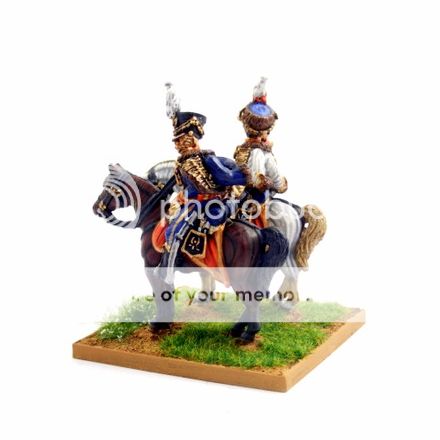














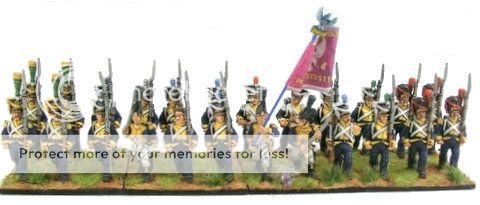
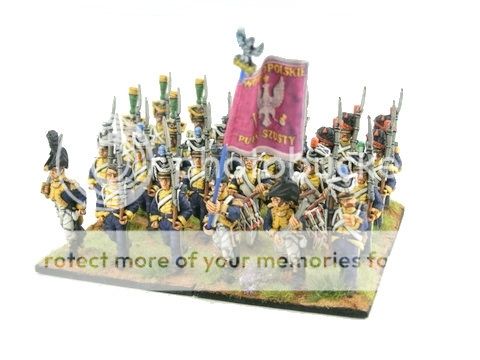
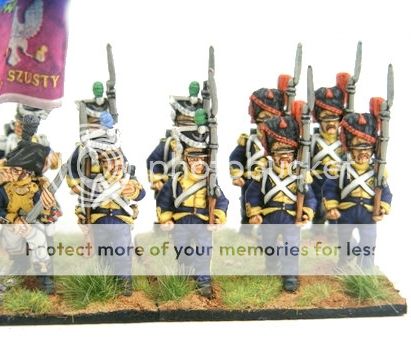

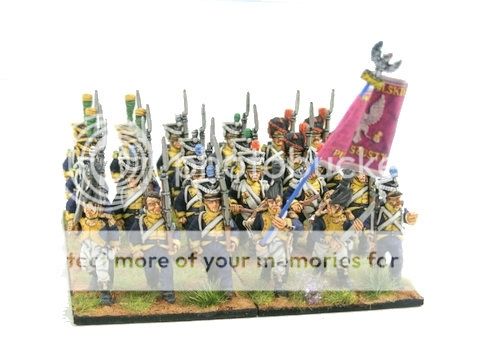
























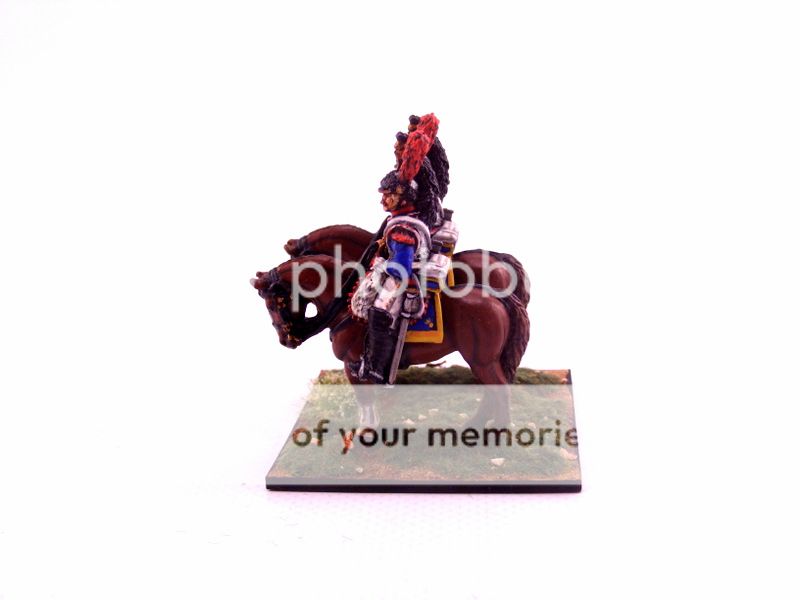

















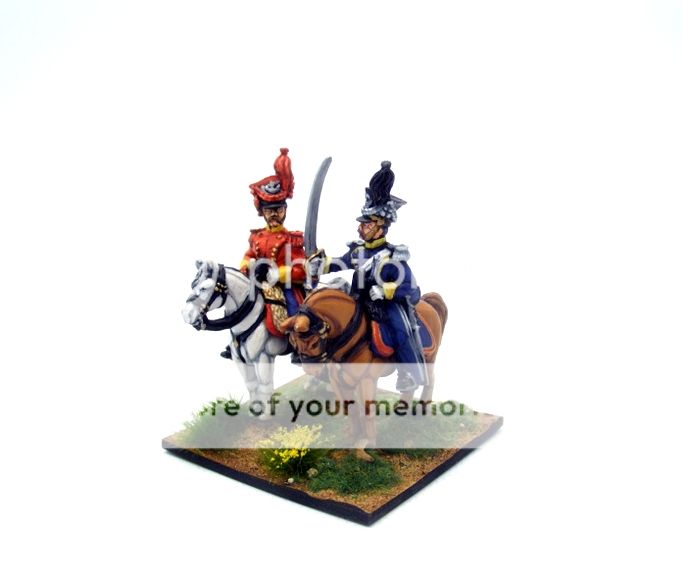


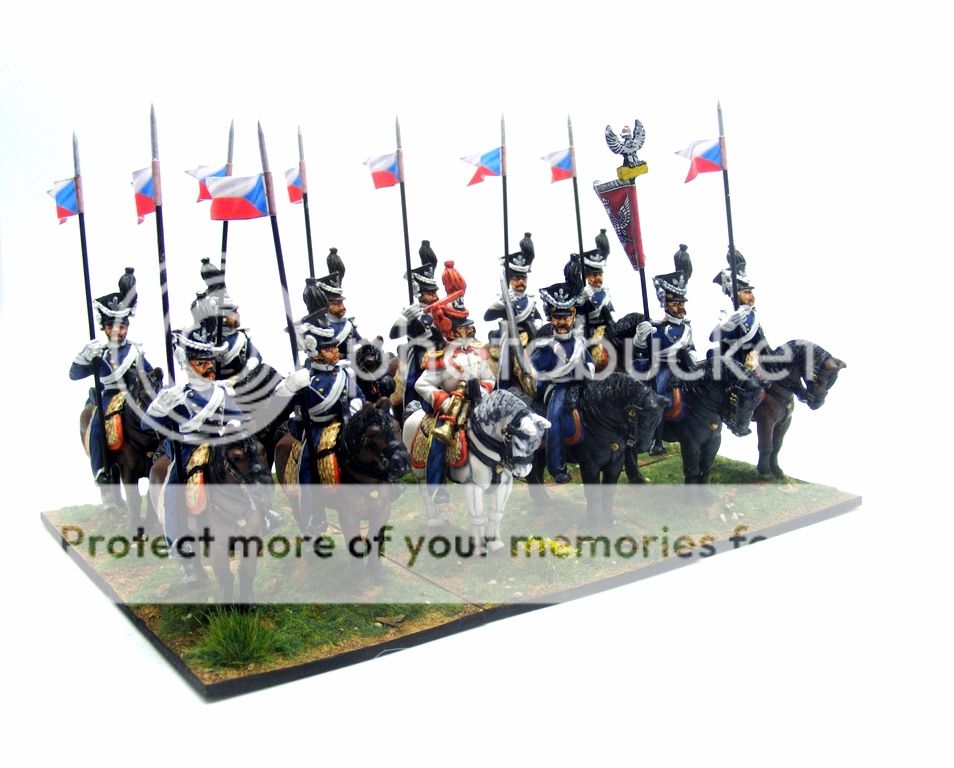

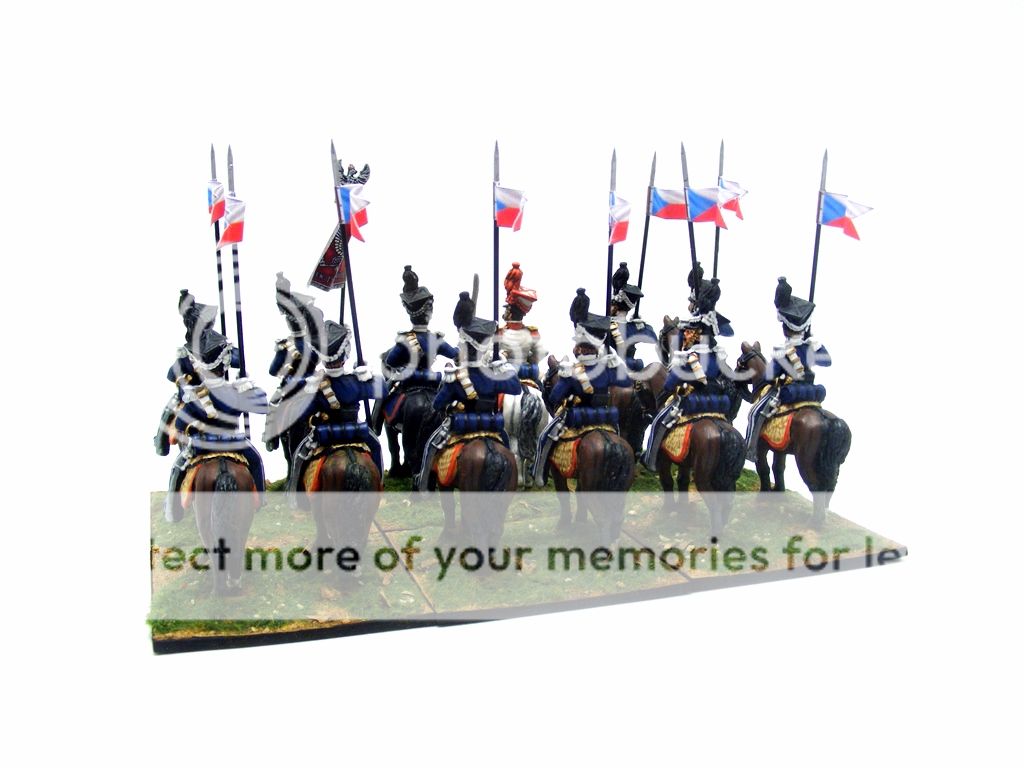





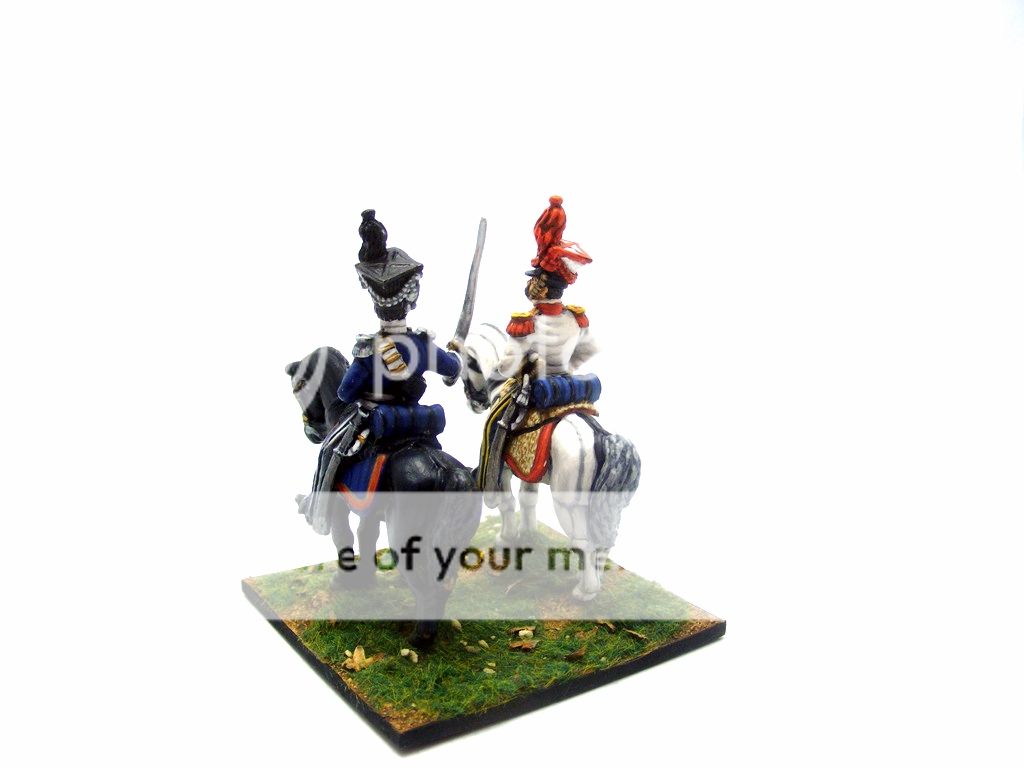







These are beautiful mate. Will come back very often. Love the Poles and am researching doing them entirely in the splendid Murawski Miniatures.
ReplyDeleteamazing!
ReplyDeleteLeo Thank you, I am working on increasing them with more artillery and Infantry
ReplyDeleteexcellent troops I'm building a polish army also. not sure what period or uniform to use these are excellent
ReplyDeleteEd Thanks! I really like DoW, the 1811-1813 period for uniforms is best IMHO.Post some pictures when you have painted some.
DeleteSpectacular stuff! However, the standards are often mixed up, given to the wrong units! For example 18th Inf Regt carries a standard marked Pulk Szusty, which means Sixth Regiment. Can't read most of the others because the links go off to that scamming photo archiving company who have ruined so many forums.
ReplyDeleteThanks for pointing that out at the time of painting these figures my knowledge on DoW flags was very little.
DeleteWas tempted to build 13th Inf Regt for myself: those white uniforms look great and make a nice change from the dark blue. Just a shame the regiment concerned seems to have spent the greater part, if not whole of its career, in the garrison of Zamosc. Some research suggests the officers would have quickly obtained regulation blue uniforms; the men would have replaced theirs when new stocks became avaiable.
ReplyDeleteI really did enjoy painting the 13th as you said becuase of the white uniforms. Shame about the regiments combat role or lack of...
Delete